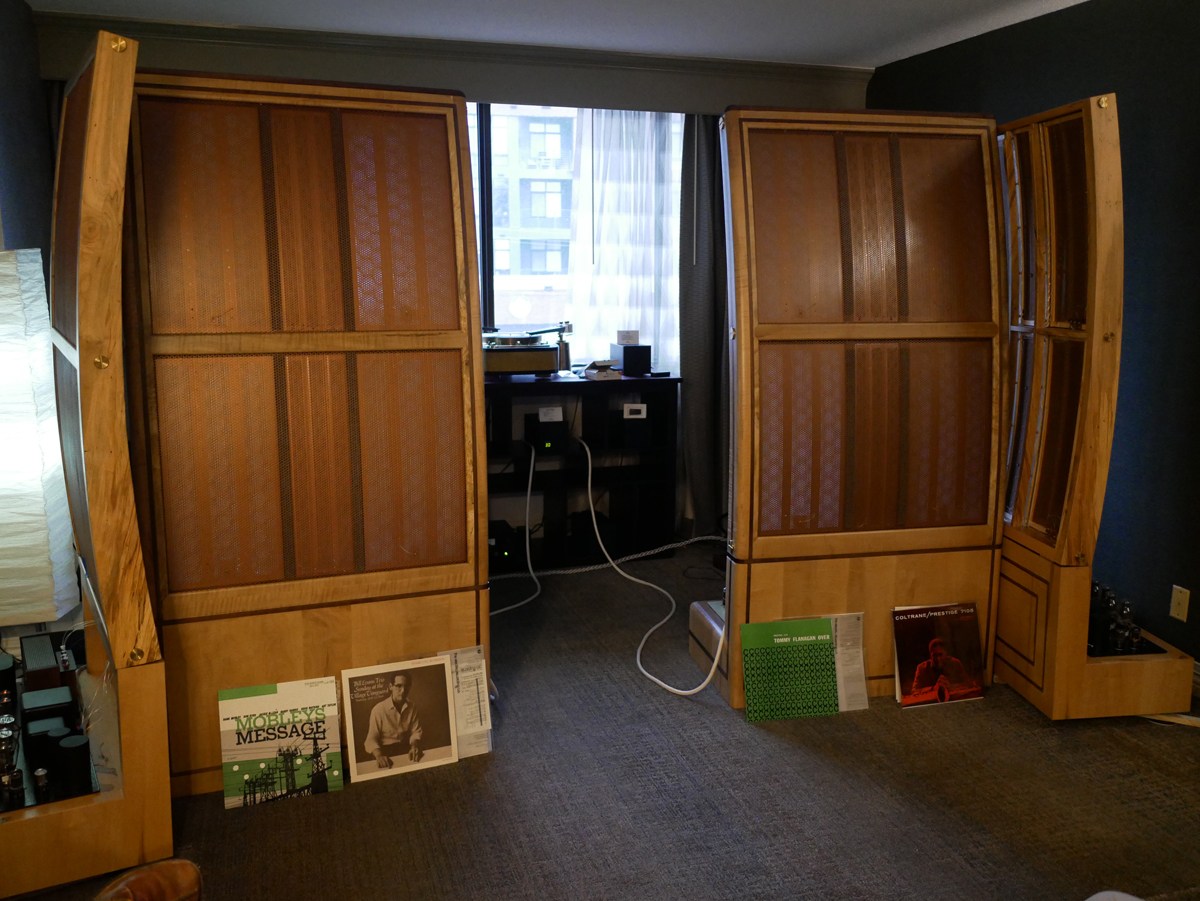
I read this statement often enough that it bears some scrutiny—Aural memory is short. Is it?
The term “aural memory” is part of the problem, as the tiniest bit of ‘research’ shows. For example, recent studies suggest that “music memory” is encoded differently from language. But I’m no neurologist, so I’ll leave the theorizing to others. [footnote 1]
Instead, a story. Last week, I went for a lovely 1.5 hour drive to Pennsylvania to pick up a piece of review gear. It was lovely because I didn’t drive even one mile on a major highway—it was two lanes the whole way, the way I prefer to travel.
During my visit, I got to hear a bunch of (great) gear and a test pressing of a record that has yet to come out. My gracious host introduced me to what I was about to hear—jazz piano played on a Fazioli Grand Piano accompanied by double bass. When the first track started, I also learned that this was recorded in front of a live audience and heard the voice of a man introducing the musicians.
“Is that Jim ____?” I asked after hearing his voice for a few seconds.
“Yes, that’s Jim. Lovely man.”
The relevant part of this story to our larger story is I hadn’t heard Jim’s voice for more than 15 years, being the last time I was in his company. But I knew it was Jim in a flash after hearing his voice come out of a pair of Klipsch speakers.
Part Deux. My host shared that he played this same test pressing for a small group at a recent hifi event.
After a few minutes into the music, an older man in the audience said, “That is a very good recording of a Fazioli F308.”
“Excuse me. How do you know that’s a Fazioli F308?”
“Because I play one most days.”
If “aural memory” is short, how do we explain the common, and not so common, instances where it’s not?

I suppose that in hifi, some people mean that recalling specific details about the sonic character of a piece of gear over time becomes more difficult, eventually becoming impossible. And here I’d agree. Fine-grained comparative differences of sounds are fleeting—on a strictly aural memory level. That’s why I listen to music, music I love, when reviewing gear so I’m not focused on sounds, I’m focused on the complete experience. On music that moves me, and I can remember and recall the experience when it stands out in a meaningful way.

I can still remember the feeling of hearing Lightnin’ Hopkins come alive through a complete Shindo system (c.2006), the way the Auditorium 23 SoloVox I owned back in the 2000’s communicated Chet Baker’s sorrow, the startling presence of “The Country Blues Of John Lee Hooker” coming out of two pair of stacked Quad 57’s in the Emia Labs room at CAF 2018 that made me feel close to the man, John Coltrane’s in-room earth shaking performance at Jeff Catalano’s place, the Barn-shaking live-like performance of Marc Ribot’s Ceramic Dog playing “Midost” through a pair of prototype DeVore O/Reference speakers, or the almost eerie in-room dimensional quality of the Riviera Labs gear I reviewed last year.

These aren’t memories of sounds, or even worse comparative aspects of sounds, these are memories of moving music-inspired experiences. And in my experience, they can last a lifetime.
Recommended Reading

